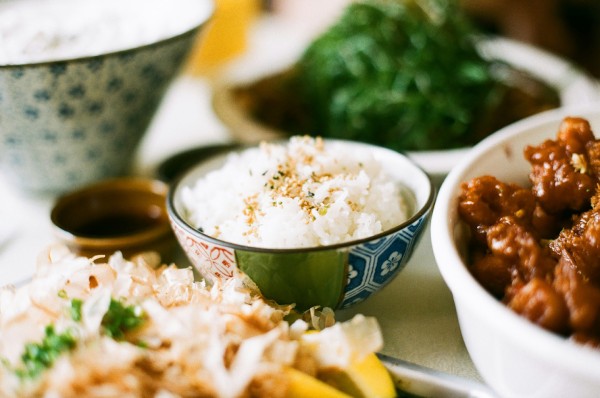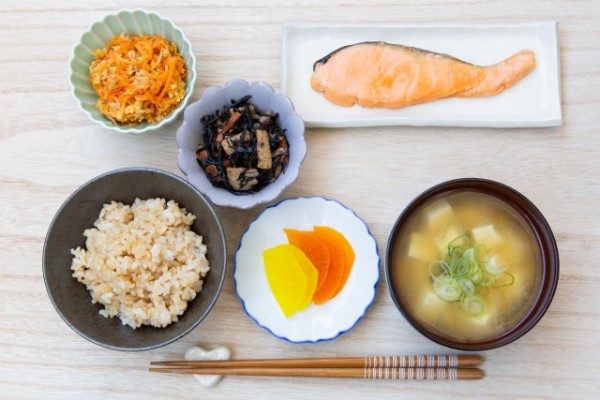What is Washoku (Japanese Cuisine)?
What is the culture of Japanese cuisine, or washoku, which has been passed down through generations as a part of daily life, cherishing the blessings of nature in each season and embodying a spirit of gratitude?
About Washoku (Japanese Cuisine).

Japan is an archipelago that stretches from north to south, featuring diverse geographical features including seas, rivers, mountains, and plains. There are considerable differences in climate and natural features across regions, and each area is blessed with its own seasonal bounties from both the sea and mountains.
Throughout history, Japanese people have created dishes that make the most of these natural flavors and consumed them with great care. To use ingredients without waste, they developed various cooking and preservation techniques. To appreciate the seasons, they paid attention to dishware, presentation, and room decorations, and created special dishes for occasions such as New Year's celebrations.
While respecting these gifts of nature, they built upon the innovations passed down through daily life, skillfully incorporating foreign ingredients and dishes to nurture a unique culture. This Japanese food culture has been recognized and designated by UNESCO as part of Japan's Intangible Cultural Heritage.
What is the basic structure of Washoku (Japanese Cuisine)?
Japanese cuisine is characterized by its use of diverse, locally-rooted ingredients that vary by region - seafood from the ocean, produce from the mountains, and ingredients harvested from villages. While there are four basic tastes - sweet, salty, bitter, and sour - the cooking method of dashi, which brings out umami (often called the fifth taste), is fundamental to Japanese cuisine. By skillfully using umami, as represented in dashi, Japanese food achieves deliciousness even with minimal animal fats, earning worldwide recognition as a healthy cuisine.
Being an island nation, the Japanese diet historically centered more on fish than meat, which contributed to a lifestyle that didn't require excessive animal fat consumption. Japan's status as a country with high life expectancy can be attributed to the well-balanced nature of Japanese cuisine.

A traditional Japanese meal follows a format known as "ichiju-sansai" (one soup, three sides), which consists of "gohan" (rice), "shirumono" (typically miso soup), "okazu" (side dishes), and "tsukemono" (pickled vegetables), making it nutritionally ideal. The side dishes typically include a protein dish (fish, meat, or tofu), vegetables prepared in different ways (simmered, grilled, raw) and small portions of various items to create variety.
Japan has distinct four seasons - spring, summer, autumn, and winter - and Japanese cuisine is characterized by its incorporation of various seasonal ingredients that can only be enjoyed during their specific seasons. One unique aspect of Japanese cuisine is the ability to enjoy those seasonal expressions through food presentation - an element born from the spirit of hospitality and the desire for guests to experience the beauty of all four seasons. Moreover, each region has its own unique climate and natural features, allowing visitors to enjoy local "kyodo ryori" (regional cuisine) that features traditional ingredients and cooking methods specific to that area.
In Japanese cuisine, to make the most of diverse ingredients, several main cooking methods have traditionally been employed: raw preparation (cutting), simmering, grilling, and steaming. Due to the abundance of water in Japan, cooking methods involving water such as simmering, steaming, and boiling are common. Distinctive Japanese cooking techniques include ohitashi (boiled vegetables rinsed in water) and the method of rinsing boiled soba noodles in cold water.
Japan is one of the world's leading countries for longevity. It is said that the secret to their long life spans lies not only in the beautiful presentation of their food, but also in their well-balanced, nutritious meals. When visiting Japan, immerse yourself in the fascinating world of Japanese cuisine that's full of such appeal!
update